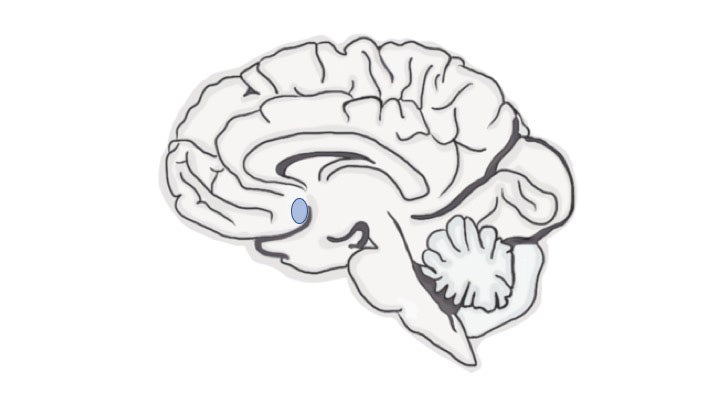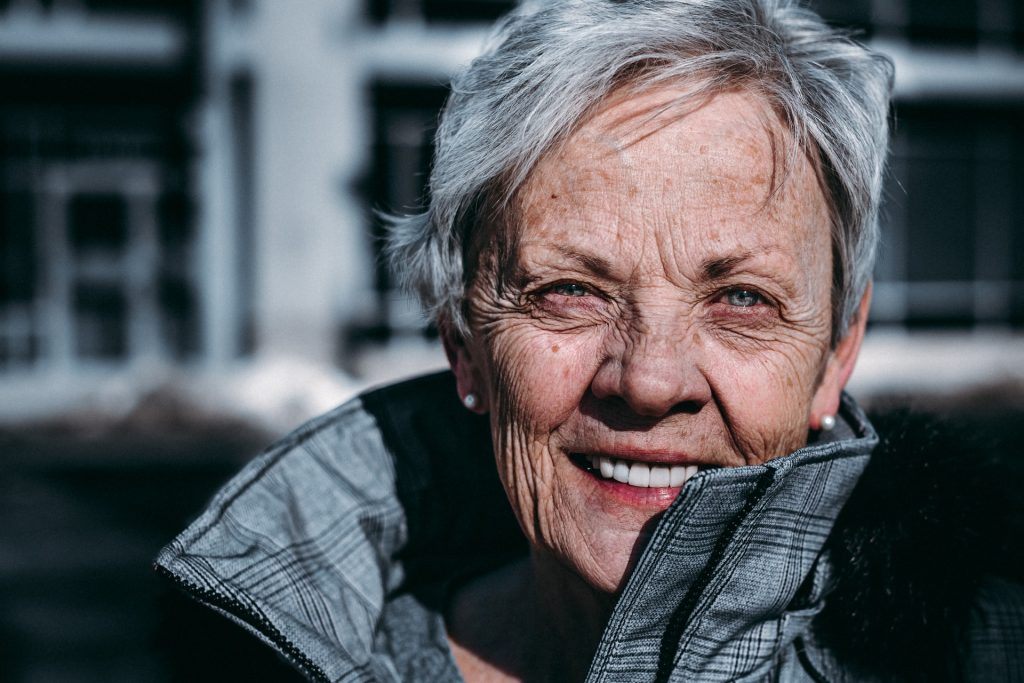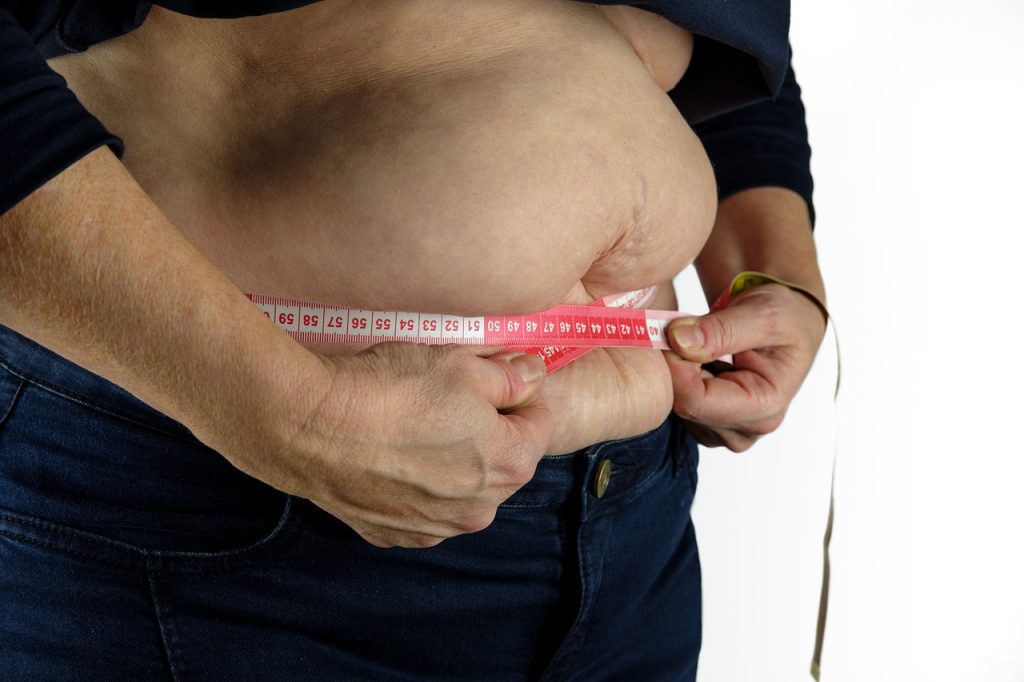Boys can Also be at Risk for Eating Disorders

In the public mind, eating disorders are associated mainly with girls from wealthy backgrounds. Now, a new study on twins published in the Journal of Psychopathology and Clinical Science has found that boys living in disadvantaged circumstances are at an increased risk for disordered eating – particularly if they have underlying genetic risk factors.
“This is critical information for health care providers who might not otherwise screen for or recognize disordered eating in this population,” said Megan Mikhail, lead author of the study and Ph.D. candidate in the MSU Clinical Psychology program. “It is also important for the public to recognize that eating disorders can affect everyone, including people who do not fit the historical stereotypes.”
The study from Michigan State University, is the first to look at associations between multiple forms of disadvantage and risk for disordered eating in boys, as well as how disadvantage may interact with biological risks to impact disordered eating in boys.
Using a large population-based sample of male twins from the Michigan State University Twin Registry, the researchers found that boys from more disadvantaged backgrounds reported greater disordered eating symptoms and had earlier activation of genetic influences on disordered eating, which could lead to increased long-term risk.
By using population-based sample, the researchers could avoid overlooking those unable to afford mental health care. They examined factors such as parental income, education and neighbourhood disadvantage to see how those factors related to disordered eating symptoms in the boys. Since all the participants were twins, researchers were also able to study genetic influences on disordered eating.
“This research is particularly relevant following the COVID pandemic when many families experienced financial hardship,” said Kelly Klump, MSU Foundation Professor of Psychology and co-author of the study. “Those financial stressors are putting many young people at risk for an eating disorder, so it’s vital that there be increased screening and access to care for these young people.”
Source: Michigan State University









